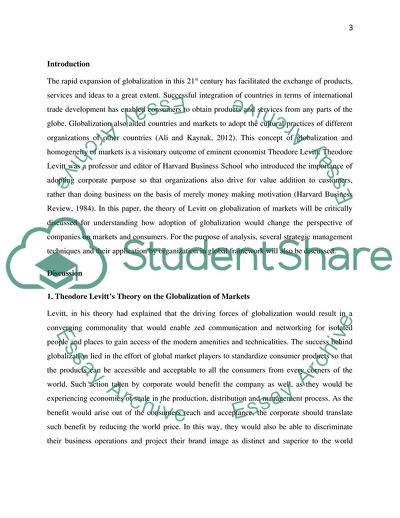Cite this document
(The Globalization of Markets: Theodore Levitt Essay - 1, n.d.)
The Globalization of Markets: Theodore Levitt Essay - 1. https://studentshare.org/marketing/1862104-the-globalization-of-markets-theodore-levitt
The Globalization of Markets: Theodore Levitt Essay - 1. https://studentshare.org/marketing/1862104-the-globalization-of-markets-theodore-levitt
(The Globalization of Markets: Theodore Levitt Essay - 1)
The Globalization of Markets: Theodore Levitt Essay - 1. https://studentshare.org/marketing/1862104-the-globalization-of-markets-theodore-levitt.
The Globalization of Markets: Theodore Levitt Essay - 1. https://studentshare.org/marketing/1862104-the-globalization-of-markets-theodore-levitt.
“The Globalization of Markets: Theodore Levitt Essay - 1”. https://studentshare.org/marketing/1862104-the-globalization-of-markets-theodore-levitt.


